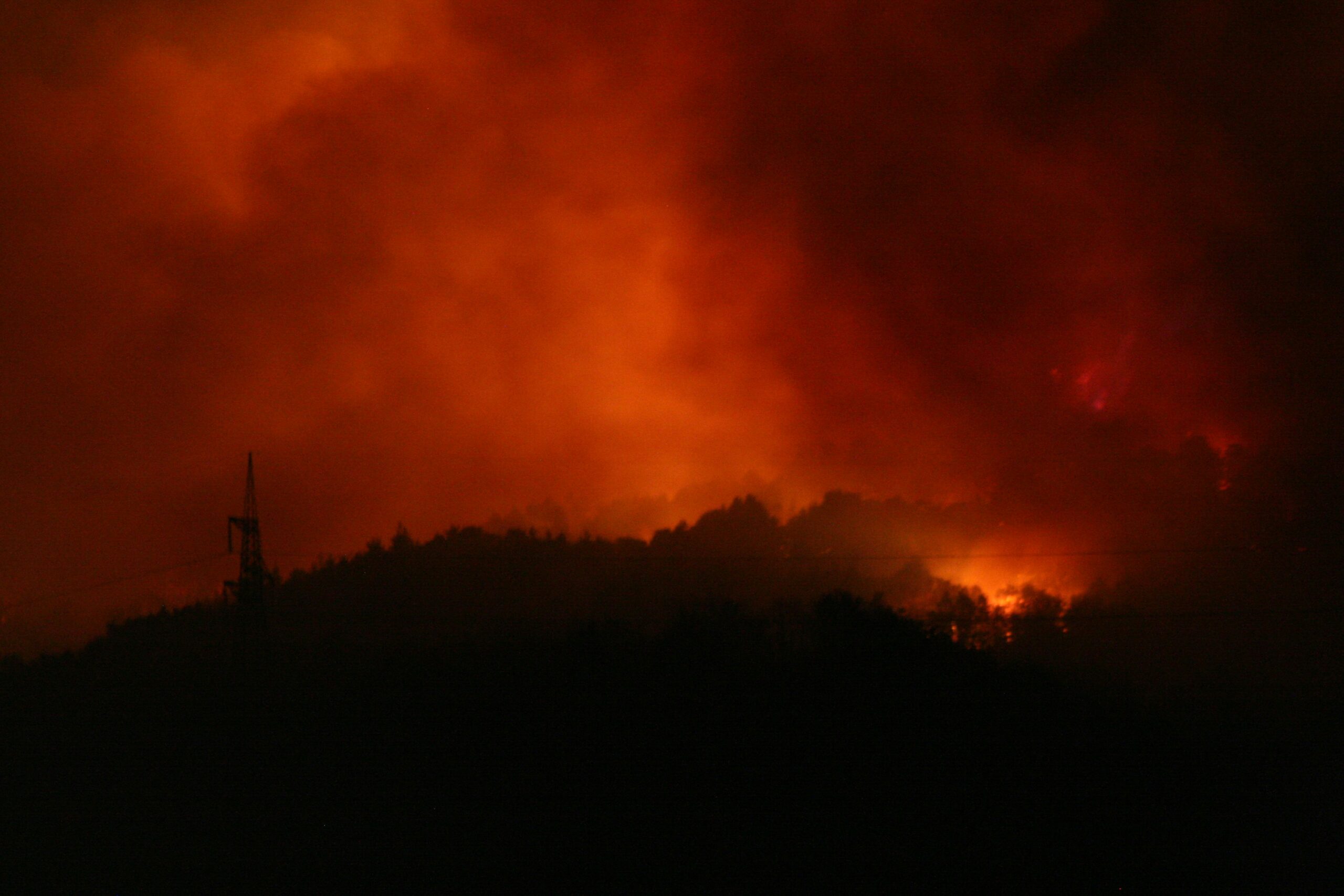A 29-year-old man has been arrested on suspicion of starting the Pacific Palisades fire in Los Angeles that killed 12 people and destroyed more than 6,000 homes in January. Justice department officials said evidence collected from Jonathan Rinderknecht’s digital devices included an image he generated on ChatGPT depicting a burning city.
The most destructive blaze in Los Angeles’ history, it was sparked on 7 January near a hiking trail overlooking the wealthy coastal neighbourhood. The Eaton Fire, ignited the same day in the LA area, killed another 19 people and razed 9,400 structures. The cause of that fire remains unclear. Mr. Rinderknecht is due in court in Orlando, Florida, on Wednesday.
The fire scorched more than 23,000 acres (9,308 hectares) and caused about $150bn (£112bn) in damage. Wiping out whole neighbourhoods, the conflagration raged for more than three weeks, also ravaging parts of Topanga and Malibu. Among the thousands of structures destroyed in the fires were the homes of a number of celebrities including Mel Gibson, Paris Hilton and Jeff Bridges.

Mr. Rinderknecht was arrested in Florida on Tuesday and has been charged with destruction of property by means of fire, Acting US Attorney Bill Essayli told a news conference on Wednesday in Los Angeles. “The arrest, we hope, will offer a measure of justice to all those impacted,” Mr. Essayli said. Officials said further charges (including murder) could follow.
The importance of this case lies in the digital forensics that allegedly exposed the suspect’s sinister mindset. The investigation didn’t solely rely on physical evidence; instead, it cracked open the virtual mind of Jonathan Rinderknecht. This case isn’t just about arson; it’s a terrifying precedent for how our Generative AI conversations as evidence could become critical tools in future prosecutions.
The sequence of digital discoveries is particularly damning. The initial blaze, the Lachman fire, which smouldered underground before flaring up due to Santa Ana winds, started shortly after Mr. Rinderknecht, an allegedly “agitated and angry” Uber driver, lit the fire with an open flame on New Year’s Eve near the Skull Rock Trailhead. His former familiarity with the affluent Pacific Palisades neighborhood only adds a layer of premeditation. Yet, the most compelling evidence comes from his own phone.
Investigators uncovered a disturbing digital trail. Months before the fire, in July 2024, Rinderknecht had prompted ChatGPT to generate a dystopian image of a world burning, complete with a stark class divide: a forest ablaze, people in poverty struggling to pass a gate with a dollar sign, and the wealthy “chilling, watching the world burn down, and watching the people struggle.
They are laughing, enjoying themselves, and dancing.” This prompt, with its overt themes of destruction, societal resentment, and a desire to witness chaos, speaks to pre-meditated criminal intent. A month before the arson, his prompt to ChatGPT, “I literally burnt the Bible that I had. It felt amazing. I felt so liberated,” paints an even clearer picture of a man experiencing an increasing sense of nihilistic liberation from conventional boundaries, a feeling that may have culminated in the ultimate act of destruction.
Then, the post-fire scramble. His alleged attempts to craft a false narrative—lying to investigators about his location and then asking ChatGPT if he was “at fault if a fire is lift [sic] because of your cigarettes”—appear to be a conscious effort to use the AI tool to manufacture a plausible, innocent defense.
The intent wasn’t to confess but to muddy the waters, effectively attempting to distort the truth using a generative language model. This chilling display of digital manipulation, coupled with his nervous demeanor and pulsating carotid artery during the interview, transforms the AI-generated content from mere art or thought exercise into potent, circumstantial evidence in court.
Why It Matters and the Ethical and Legal Hurdles
This case catapults the thorny issue of AI-generated content admissibility onto the national stage. Can a picture painted by an algorithm truly prove criminal intent? We must grapple with the fundamental question of whether a digital fantasy, a product of a user’s dark prompt, has the same evidentiary weight as a handwritten confession or a planning document.
Critics will argue that AI-generated content is merely a reflection of a passing thought, not a blueprint for action. However, when the content is as specific, detailed, and thematically aligned with the crime as the burning city and the act of fire-setting itself, it becomes incredibly difficult to dismiss.
On the other hand, the legal system must rapidly adapt to the era of Generative AI as evidence. We are seeing a paradigm shift where digital devices are no longer just repositories of communication, but psychological artifacts revealing a criminal’s deepest motivations.
The prosecution will undoubtedly leverage the dystopian imagery to argue a pattern of thought leading to the tragedy, while the defense will counter, focusing on the lack of direct causation between the AI prompt and the physical act of arson.

















